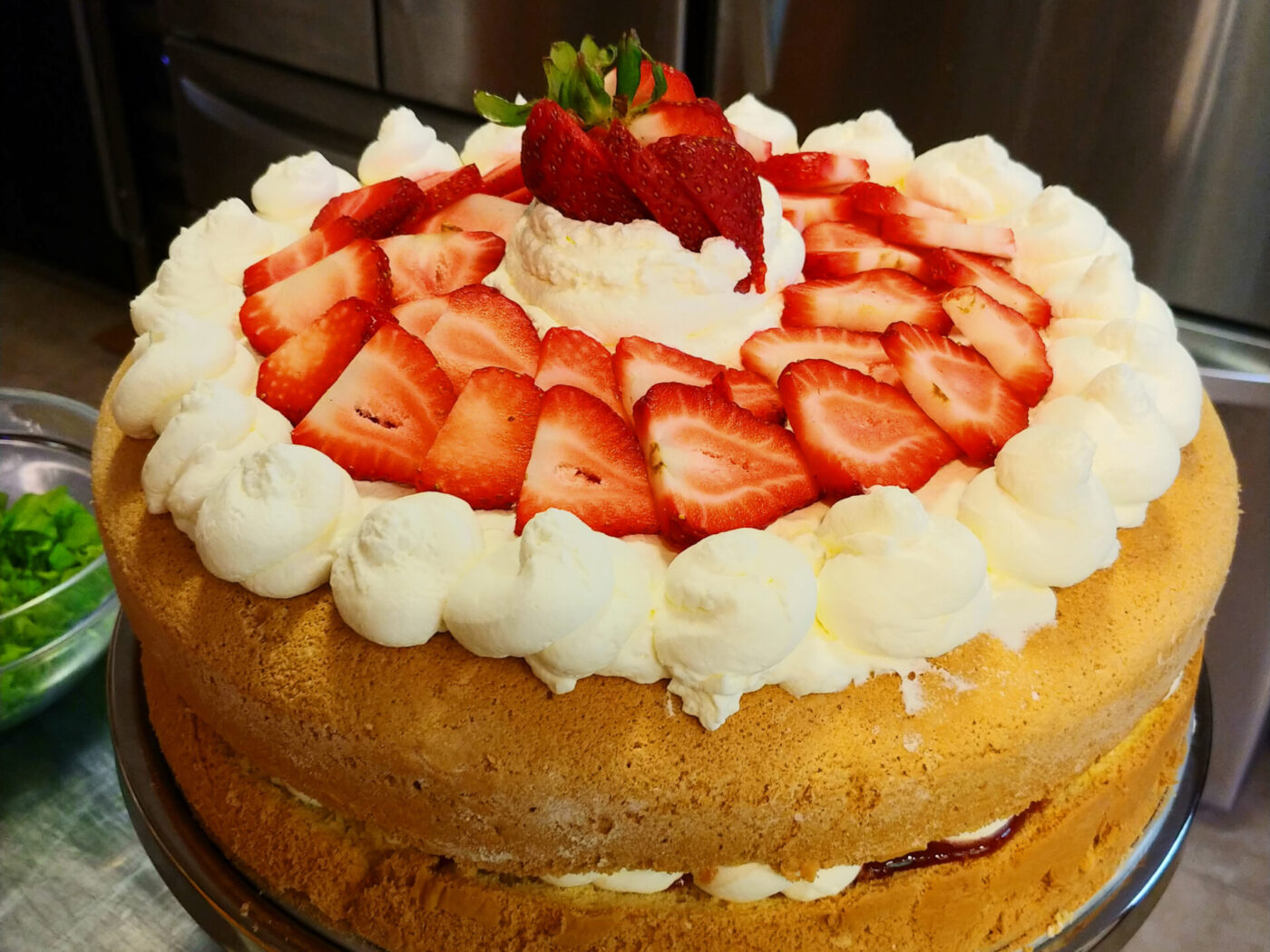Read More: Culinary History of Cake Flour
The Victorian Quest for the Perfect Crumb
Before the invention of cake flour, the pursuit of a light, tender cake in the 19th century was an arduous task. The Victorian era, with its elaborate social customs, placed a high value on delicate and refined foods. A light, white cake was a symbol of sophistication and prosperity. Bakers went to great lengths to achieve this texture. They would sift their all-purpose flour multiple times, sometimes with cornstarch, to aerate it and dilute the gluten. They relied heavily on the chemical leavening of baking soda and baking powder, which were new inventions themselves. While these methods helped, the results were often inconsistent. The dream was a flour that was inherently light and tender, one that didn’t require so much effort to tame its gluten-forming potential. This created the perfect market conditions for a new, specialized flour to be born.
An American Milling Innovation
The breakthrough came in 1894 from the Hecker Jones & Jewell Milling Company in New York City. This was an era of great industrial and scientific advancement in America. Millers were mastering the new roller mill technology, which allowed for precise separation of the wheat kernel. This company took the process a step further. They selected the softest varieties of winter wheat, which were naturally lowest in protein. They milled this soft wheat to an incredibly fine, almost powdery, consistency. But the most crucial innovation was the use of a new chlorine bleaching process. This process not only whitened the flour to a brilliant white, but it also fundamentally changed the flour’s chemistry, allowing it to hold more moisture and sugar than unbleached flour. This meant bakers could create cakes that were not only lighter but also moister and sweeter. The company packaged this revolutionary new flour in a distinctive box and named it “Swans Down,” a name that perfectly evoked its promised lightness and purity.
The Marketing of Tenderness
Swans Down Cake Flour was a hit. It was marketed directly to the American home baker with a simple and powerful promise: consistently light, tender, “feather-light” cakes without the guesswork. Early advertisements and recipe booklets taught consumers that this was not just any flour; it was a special tool for a special purpose. It liberated bakers from the inconsistency of their all-purpose flour and the hassle of repeated sifting. The success of Swans Down created a new category of flour. Other milling companies soon followed with their own versions, and “cake flour” became a standard product on grocery store shelves. It fundamentally changed American cake-baking, solidifying the national preference for soft, moist, fine-grained cakes like Angel Food, Chiffon, and the classic, tender birthday layer cake.
The Science of Softness
As food science evolved in the 20th century, the reasons for cake flour’s success became clearer. Scientists understood that the low protein content (7-9%) was key to minimizing gluten development. Gluten provides chewiness and structure, which is desirable in bread but disastrous in a delicate cake. Furthermore, they analyzed the effects of the chlorine bleaching process. They discovered that the chlorination lightly damaged the starch granules in the flour. This “damaged starch” was able to absorb more liquid. At the same time, the process altered the fat-binding properties of the flour. This unique combination allows for the creation of “high-ratio” cakes, where the weight of the sugar can be equal to or greater than the weight of the flour. This would cause a cake made with all-purpose flour to collapse, but the unique properties of bleached cake flour create a structure that can support the extra sugar and liquid, resulting in a supremely moist and tender final product.
Cake Flour in the Modern Kitchen
Today, cake flour remains an essential, if specialized, ingredient in the baker’s pantry. While all-purpose flour has become even more versatile, no other flour can quite replicate the specific texture that cake flour provides. It is the gold standard for classic American cakes. The rise of baking shows, food blogs, and a renewed interest in from-scratch baking has introduced a new generation of bakers to the benefits of using the right flour for the right job. The legacy of that 1894 invention lives on every time a baker chooses a box of cake flour to ensure their creation will be as light, tender, and celebratory as possible, continuing a more than century-old tradition of American baking perfection.


Comments